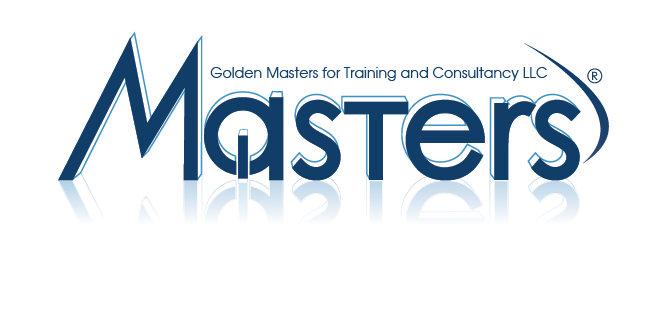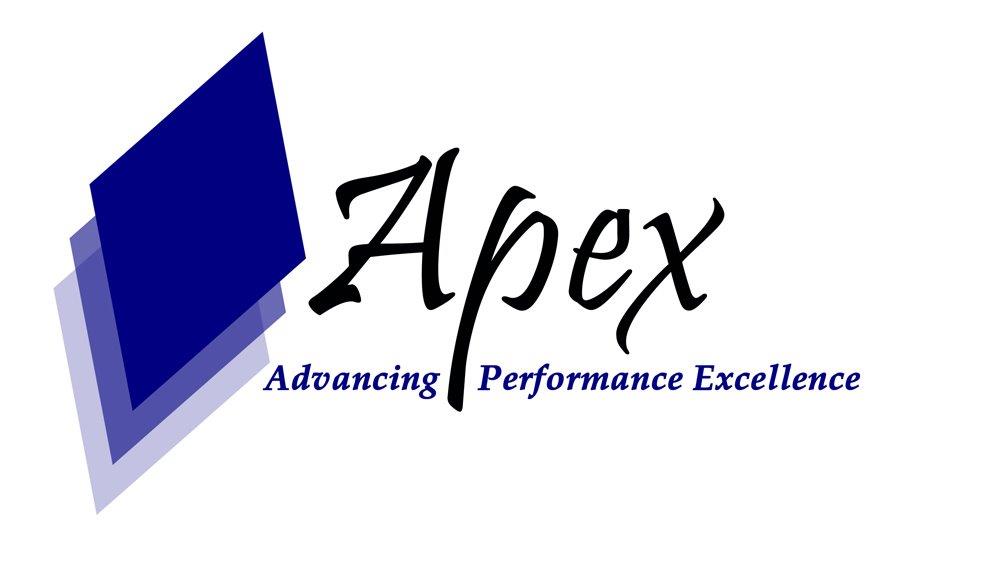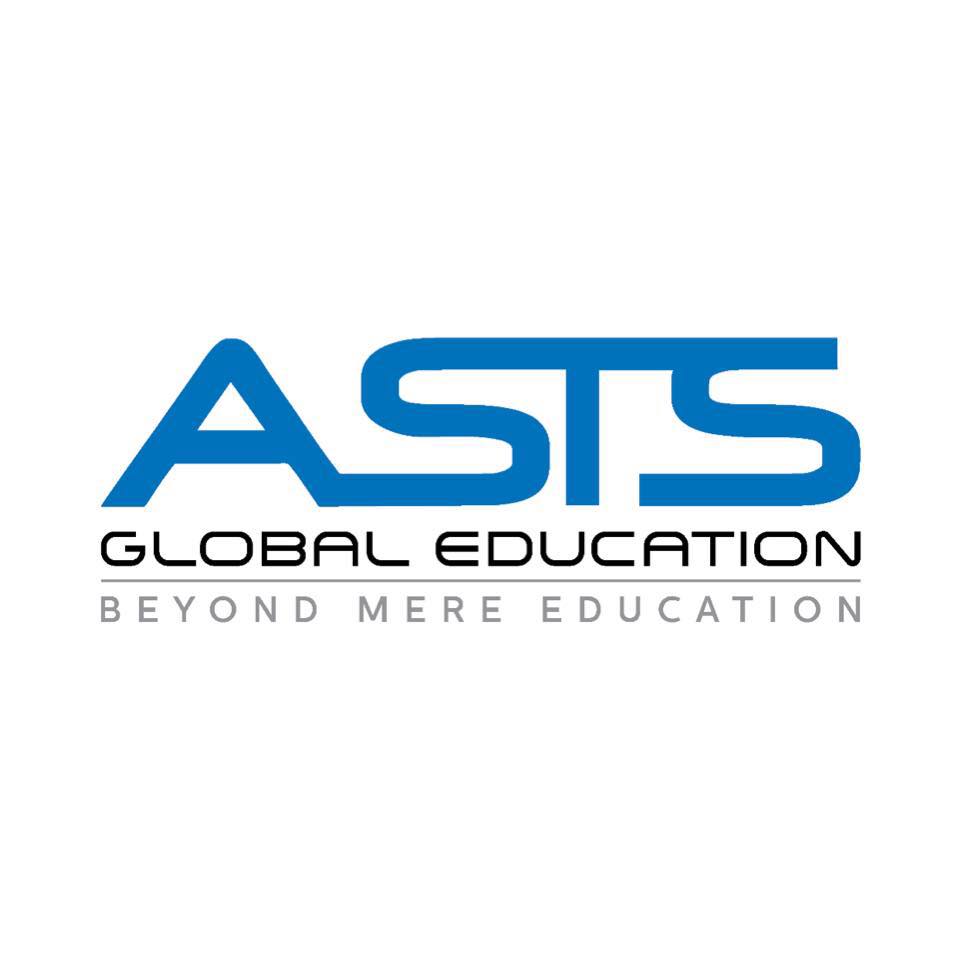A piping system is a set of pipes and other components (valves, elbows, etc...) used to transport fluid from a point A to B. ASME B31.1 (Power Piping) and ASME B31.3 (Process Piping) recognized by the Canadian Pressure Equipment Code CSA B51

Masters Training Company was established in response to the growing need for quality training to support the business community within your Company, Department or Organization by providing a high standard of Training Programs, Courses, Seminars, Workshops and Consultancy Services to employees in a very competitive business environment.
Masters is also an approved vendor from KHDA & ILM
(Institute Review)
55 years ago(Institute Review)
55 years ago
The effectiveness of maintenance practice has not improved significantly in many organisations in spite of the implementation of powerful computerised management systems. Measuring, comparing and improving maintenance practice underpins the

'Sequence Stratigraphy: An Applied Workshop' training is offered by Mesk Management Sciences Institute. Kindly contact us to inquire and find out about the schedule and complete outline.

The main purpose of this training is to educate you about making Power and Desalination Plant more efficient, reliable and environmentally compliant.

This course will introduce the participants to the underlying principles of designing a static equipment. It will introduce you to all aspects of static equipment. The training is totally 100% job-oriented.

This training will provide the professionals working in factories and industries with the knowledge of maintaining Hydraulic units to keep them aware of the latest technology in those fields and also to improve their skills.
© 2025 www.coursetakers.ae All Rights Reserved. Terms and Conditions of use | Privacy Policy